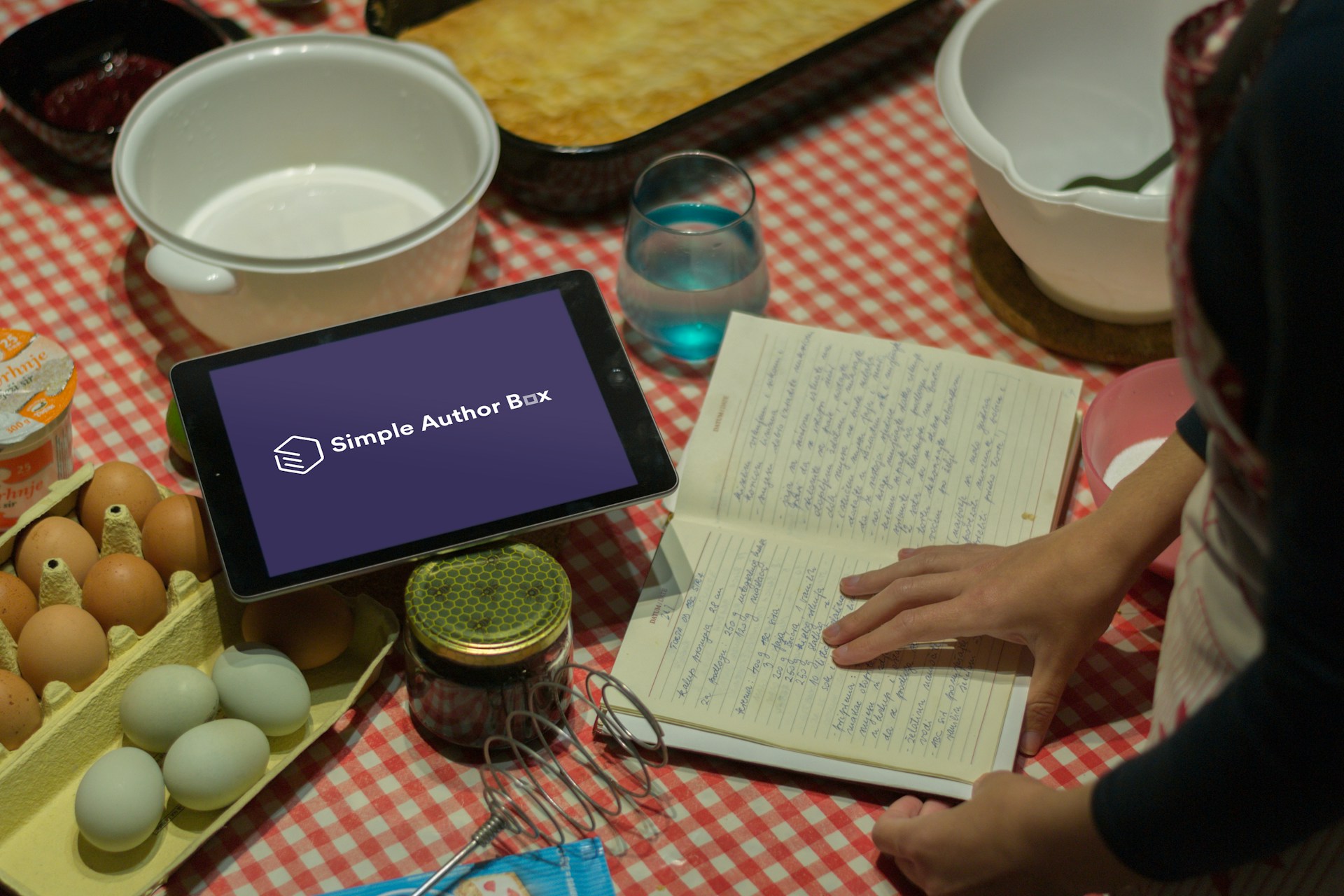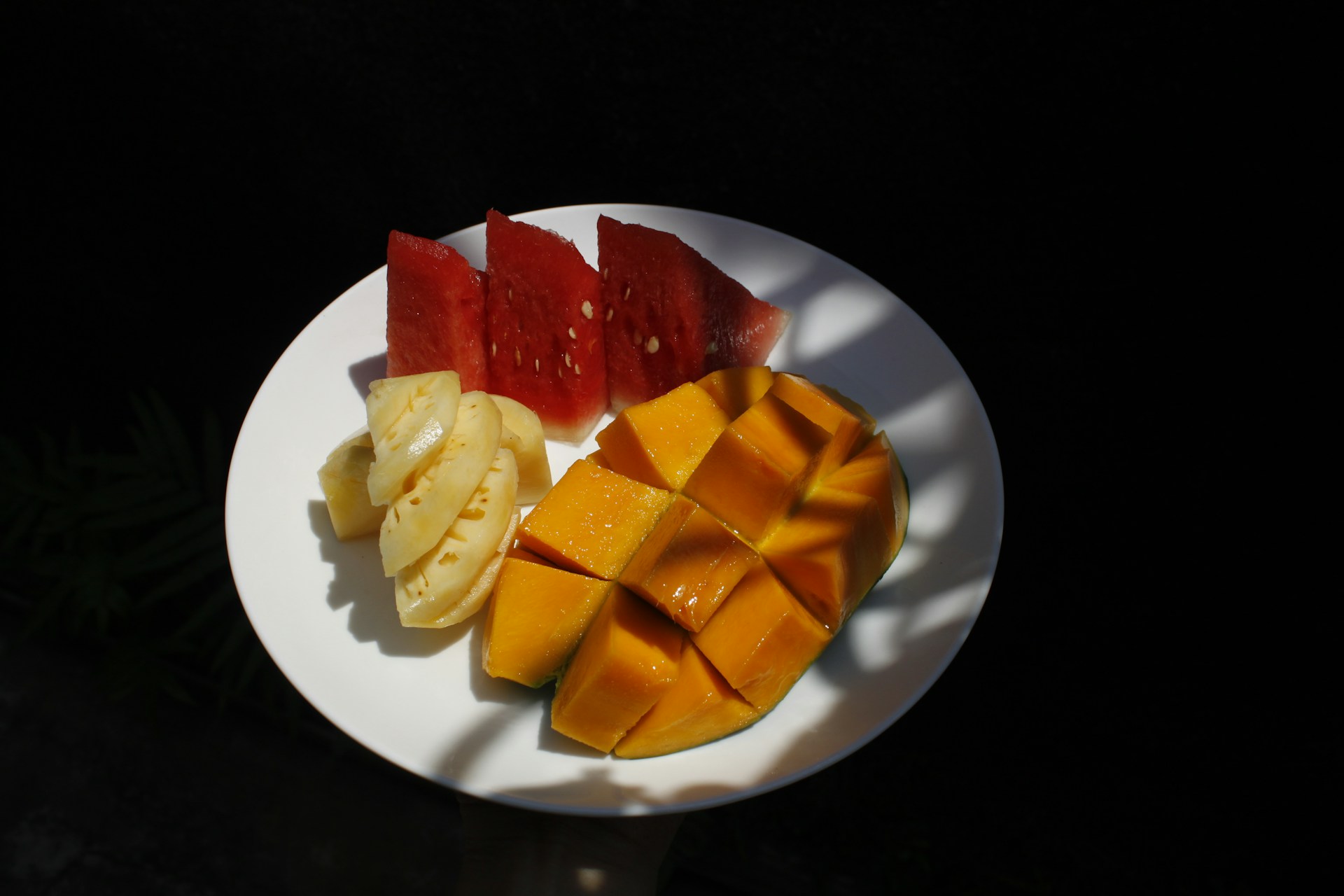The Relationship between Energy and Macronutrient Intake with Nutritional Status of Muhammadiyah Elementary School Children in Gresik Regency
Hubungan Asupan Energi dan Zat Gizi Makro dengan Status Gizi Anak Sekolah Dasar Muhammadiyah di Kabupaten Gresik

Downloads
Background: School-age children are vulnerable to nutritional and health problems. Several factors that can directly influence a child's nutritional status are nutritional intake, which includes energy and macronutrient intake, level of physical activity, and incidence of illness.
Objectives: This research analyzes the relationship between energy intake and macronutrients with the nutritional status of Muhammadiyah elementary school children in Gresik Regency.
Methods: This research was an observational analytical study with a cross-sectional study design. Using purposive sampling, 231 children from five Muhammadiyah elementary schools in Gresik Regency were taken as research samples. The research was carried out from May to June 2023. Research variables include energy intake, intake of macronutrients, and nutritional status. Data collection used the interview method with 2x24-hour food recall, FFQ (Food Frequency Questionnaire), and measuring body weight and height to assess nutritional status based on BMI-for-age (Body Mass Index-for-age). All research data were analyzed using the Spearman test.
Results: The result showed there is a relationship between energy intake (p-value=0.000) and protein (p-value=0.000) with nutritional status, but there is no relationship between the intake of fat (p-value=0.253) and carbohydrates (p-value=0.821) with nutritional status of Muhammadiyah elementary school children in Gresik Regency.
Conclusions: Intake of energy and macronutrients, especially protein, is related to the nutritional status of school children in Gresik Regency. Healthy food and snacks need to be provided in school canteens to support the nutritional status of school-age children.
Hardinsyah; Supariasa, I. D. N. Ilmu Gizi Teori & Aplikasi. (Penerbit Buku Kedokteran EGC, 2017).
Riani, Syafriani & Syahrial. Pengaruh Kreasi Singkong Sebagai Pangan Jajanan Anak Sekolah Terhadap Pemenuhan Kebutuhan Energi dan Zat Gizi Anak Sekolah Dasar Kabupaten Kampar Tahun 2019. J. NERS 3, 13–21 (2019).
Adriani, Merryana & Wirjatmadi, B. Peranan Gizi dalam Siklus Kehidupan. (Kencana Prenada Media Grup, 2014).
Almatsier, S. Prinsip Dasar Ilmu Gizi. (PT Gramedia Pustaka Utama, 2016).
Anugraheni, D. D. & Mulyana, B. Kontribusi Bekal Makanan dan Total Energi terhadap Status Gizi pada Anak Sekolah Dasar The Contribution of Packed Lunch and Energy Total to Nutritional Status in Elementary School Students. Amerta Nutr. 52–57 (2019) doi:10.20473/amnt.v3.i1.2019.52-57.
Spinelli, A. et al. Prevalence of severe obesity among primary school children in 21 European countries. Obes. Facts 12, 244–258 (2019).
Zhang, X. et al. Prevalence of overweight and obesity among primary school-aged children in Jiangsu Province, China, 2014-2017. PLoS One 13, 2014–2017 (2018).
Balitbangkes RI. Laporan Nasional Riset Kesehatan Dasar 2018. Badan Penelitian dan Pengembangan Kesehatan 674 at http://labdata.litbang.kemkes.go.id/images/download/laporan/RKD/2018/Laporan_Nasional_RKD2018_FINAL.pdf (2018).
Ermona, N. D. N. & Wirjatmadi, B. Hubungan Aktivitas Fisik Dan Asupan Gizi Dengan Status Gizi Lebih Pada Anak Usia Sekolah Dasar Di Sdn Ketabang 1 Kota Surabaya Tahun 2017. Amerta Nutr. 2, 97 (2018).
Wilkinson, J. Comparison of packed school lunches of boys and girls in primary schools in East London. 1–213 (2015).
A, B. D. & M, R. Nutritional status impacting academics among school children in selected schools of North Chennai. J. Diabetol. 14, 161–165 (2023).
Asmin, A., Arfah, A. I., Arifin, A. F., Safitri, A. & Laddo, N. Hubungan Pola Makan Terhadap Status Gizi Anak Sekolah Dasar. FAKUMI Med. J. J. Mhs. Kedokt. 1, 54–59 (2021).
Muhsen, K. et al. Intake at School Age with Obesity in 10- to 12-Year-Old. MDPI Nutr. 13, 2106 (2021).
Oktaria, R. Intervensi Pendidikan Gizi Terhadap Body Mass Index (Bmi) Pada Anak Usia Sekolah Dengan Obesitas: A Systematic Review. J. Ilmu-Ilmu Kesehat. 9, 27–37 (2023).
Caballero, B., Vorkoper, S., Anand, N. & Rivera, J. A. Preventing childhood obesity in Latin America: an agenda for regional research and strategic partnerships. Obes. Rev. 18, 3–6 (2017).
Riskesdas. Laporan Provinsi Jawa Timur RISKESDAS 2018. Kementerian Kesehatan RI (2018).
Nagari, R. K. & Nindya, T. S. Tingkat Kecukupan Energi, Protein Dan Status Ketahanan Pangan Rumah Tangga Berhubungan Dengan Status Gizi Anak Usia 6-8 Tahun. Amerta Nutr. 1, 189 (2017).
Qamariyah, B. & Nindya, T. S. Hubungan Antara Asupan Energi, Zat Gizi Makro dan Total Energy Expenditure dengan Status Gizi Anak Sekolah Dasar. Amerta Nutr. 2, 59 (2018).
Hasanah, Z., Sholikhah, D. M. & Supriatiningrum, D. N. Hubungan Pengetahuan Gizi, Body Image Dan Konsumsi Makanan Cepat Saji Dengan Status Gizi Remaja Putri Di Sma Kecamatan Gresik. Ghidza Media J. 4, 45 (2022).
Kemenkes RI. Peraturan Menteri Kesehatan RI Terkait Angka Kecukupan Gizi yang Dianjurkan untuk Masyarakat Indonesia. (Kemenkes RI, 2019).
Hardinsyah, Sulaeman A, Soekatri M, R. H. Ringkasan Angka Kecukupan Gizi (AKG) yang Dianjurkan Bagi Orang Indonesia Tahun 2012. Widyakarya Nas. Pangan dan Gizi 1–26 (2012).
Supariasa, I. D. N. Penilaian Status Gizi. (Penerbit Buku Kedokteran EGC, 2016).
Kemenkes RI. Peraturan Menteri Kesehatan RI tentang Standar Antropometri Anak. Kemenkes RI vol. 2507 1–9 (2020).
Rosyidah, Z., Ririn Andrias, D. & Gizi Kesehatan Fakultas Kesehatan, D. Jumlah Uang Saku Dan Kebiasaan Melewatkan Sarapan Berhubungan Dengan Status Gizi Lebih Anak Sekolah Dasar. 1–6 (2013).
Desi, D., Suaebah, S. & Dwi Astuti, W. Hubungan Sarapan, Uang Saku dengan Jajanan Di SD Kristen Immanuel II Kubu Raya. J. Vokasi Kesehat. 4, 103 (2018).
BPOM. Pedoman Pangan Jajanan Anak Sekolah untuk Pencapaian Gizi Seimbang Bagi Orang Tua, Guru dan Pengelola Kantin. Direktorat Stand. Prod. Pangan Deputi Bid. Pengawas. Keamanan Pangan Dan Bahan Berbahaya Badan Pengawas Obat Dan Makanan Republik Indones. 37 (2018).
Maesarah, Dajafar, L. & Adam, D. Pola Makan dan Kejadian Obesitas pad Anak Sekolah Dasar di Kabupaten Gorontalo. Ghidza J. Gizi dan Kesehat. 3, 55–58 (2019).
Abresa, P. Asupan Zat Gizi Makro , Makanan Jajanan , dan Aktivitas Fisik dengan Status Gizi Anak SD. J. Pustaka Padi 2, 1–7 (2023).
Khan, D. S. A. et al. Nutritional Status and Dietary Intake of School-Age Children and Early Adolescents: Systematic Review in a Developing Country and Lessons for the Global Perspective. Front. Nutr. 8, (2022).
Yusuf, K., Wahyuni, F. & Rate, S. Lifestyle with the Incidence of Overweight in Elementary School Children in Pangkep Regency in 2020. Lifestyle with Incid. Overweight Elem. Sch. Child. Pangkep Regency 2020. 13, 146–154 (2021).
Eze, J. N., Oguonu, T., Ojinnaka, N. C. & Ibe, B. C. Physical growth and nutritional status assessment of school children in Enugu, Nigeria. Niger. J. Clin. Pract. 20, 64–70 (2017).
Saavedra, J. M. & Prentice, A. M. Nutrition in school-age children: a rationale for revisiting priorities. Nutr. Rev. 81, 823–843 (2023).
Zuhriyah, A. Konsumsi Energi, Protein, Aktivitas Fisik, Pengetahuan Gizi dengan Status Gizi Siswa SDN Dukuhsari Kabupaten Sidoarjo. J. Gizi Univ. Negeri Surabaya 01, 45–52 (2021).
Farpour-Lambert, N. J. et al. Physical Activity Reduces Systemic Blood Pressure and Improves Early Markers of Atherosclerosis in Pre-Pubertal Obese Children. J. Am. Coll. Cardiol. 54, 2396–2406 (2009).
Liu, B., Liu, X., Wang, Q., Yan, W. & Hao, M. Nutritional status, food consumption, lifestyle, and physical fitness in rural and urban elementary school children in Northeast China. Front. Nutr. 9, (2022).
Suryandari, B. D. & Widyastuti, N. Hubungan Asupan Energi dengan Obesitas Pada Remaja. Progr. Stud. Ilmi Gizi Fak. Kedokt. Univ. Diponegoro 4 (2), 492–298 (2015).
Pramono Dwi Sasmito. Hubungan Asupan Zat Gizi Makro (Karbohidrat, Protein, Lemak) Dengan Kejadian Obesitas Pada Remaja Umur 13-15 Tahun di Propinsi DKI Jakarta (Analisis Data Sekunder Riskesdas 2010). Nutr. Diaita 7, 8 (2015).
Mestuti H, K. & Fitranti, D. Y. Faktor Risiko Kejadian Overweight Pada Anak Stunting Usia Sekolah Dasar Di Semarang Timur. J. Nutr. Coll. 3, 134–141 (2014).
Gurnida, D. A. et al. Korelasi antara tingkat kecukupan gizi dengan indeks massa tubuh siswa sekolah dasar kelas 4, 5, dan 6. Padjadjaran J. Dent. Res. Students 4, 43 (2020).
Juliana, maulida., R. S. Nasution & and Nuzlia, C. Analisis Kandungan Nitrit Pada Produk Daging Olahan Menggunakan Spektrofotometri UV-Vis. J. Amin. 2, 71–78 (2020).
Dewi, P. L. P. & Kartini, A. Hubungan Pengetahuan Gizi, Aktivitas Fisik dan Asupan Energi, Asupan Lemak dengan Kejadian Obesitas pada Remaja SMP. J. Nutr. Coll. 6, 257 (2017).
Copyright (c) 2024 Amerta Nutrition

This work is licensed under a Creative Commons Attribution-ShareAlike 4.0 International License.
AMERTA NUTR by Unair is licensed under a Creative Commons Attribution-ShareAlike 4.0 International License.
1. The journal allows the author to hold the copyright of the article without restrictions.
2. The journal allows the author(s) to retain publishing rights without restrictions
3. The legal formal aspect of journal publication accessibility refers to Creative Commons Attribution Share-Alike (CC BY-SA).
4. The Creative Commons Attribution Share-Alike (CC BY-SA) license allows re-distribution and re-use of a licensed work on the conditions that the creator is appropriately credited and that any derivative work is made available under "the same, similar or a compatible license”. Other than the conditions mentioned above, the editorial board is not responsible for copyright violation.












































